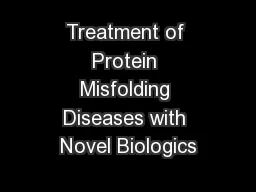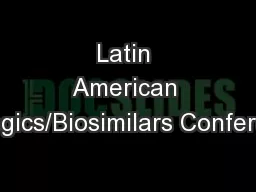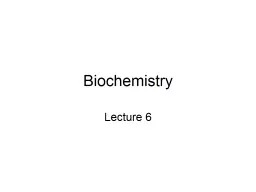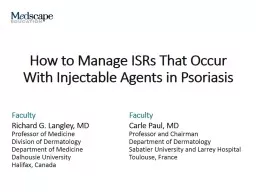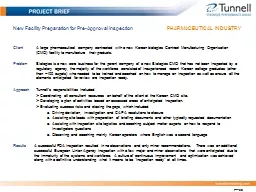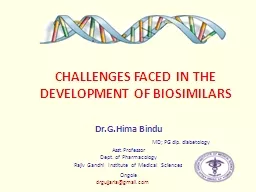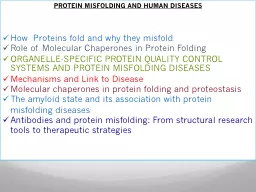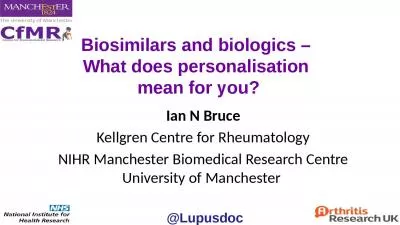PPT-Treatment of Protein Misfolding Diseases with Novel Biologics
Author : calandra-battersby | Published Date : 2019-01-23
Dr Mourad Tayebi DVM Hons MSc PhD Senior Lecturer University of Surrey Founder and CSO PrioCam LLC USA International Congress on Neuroimmunology and Therapeutics
Presentation Embed Code
Download Presentation
Download Presentation The PPT/PDF document "Treatment of Protein Misfolding Diseases..." is the property of its rightful owner. Permission is granted to download and print the materials on this website for personal, non-commercial use only, and to display it on your personal computer provided you do not modify the materials and that you retain all copyright notices contained in the materials. By downloading content from our website, you accept the terms of this agreement.
Treatment of Protein Misfolding Diseases with Novel Biologics: Transcript
Download Rules Of Document
"Treatment of Protein Misfolding Diseases with Novel Biologics"The content belongs to its owner. You may download and print it for personal use, without modification, and keep all copyright notices. By downloading, you agree to these terms.
Related Documents

